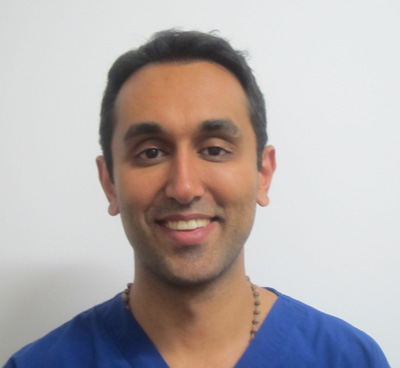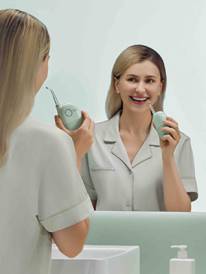51% of Australian Women Would Consider Liquid Facelifts

51% of Australian Women Would Consider Liquid Facelifts
A new survey has revealed that Australians want to feel better rather than look younger; however fears remain about unnatural results. The survey of 1,007 Australians aged 30 years and above also found the immediate effects offered by some products are not desired by the majority of people. 60% were more likely to undergo a procedure that delivered a gradual improvement and natural appearance, as opposed to one that was more immediate.Sydney-based cosmetic surgeon Dr Joseph Ajaka said: "Most people still prefer to keep their treatments secret, with gradual and more natural improvements preferred to immediate changes in appearance. However, there is a growing acceptance of non-surgical cosmetic procedures, with people wanting natural results that develop over time."
When asked to give a timeframe for their procedure, 1 in 10 (1%) of women said within 12 months, while one third (32%) said at some point in the future. For men, 5% said within 12 months, and 27% said at some point in the future. Contrary to popular belief, the main motivation for undergoing a procedure is not the desire to look younger (17%), but to feel better about themselves (42%). A further 11% said their main motivation would be to boost confidence. For two-thirds of people surveyed, the main concerns surrounding procedures were not looking natural afterwards, the overall cost, and the potential side effects or adverse reactions.
Dr Ajaka said: "Most patients look for a natural effect. They don't want to walk out of the clinic looking like a different person, and they don't want to feel as though their face is frozen." "As the human body ages, it becomes less efficient at producing collagen, a protein that helps retain elasticity and moisture in the skin. As ageing progresses, more wrinkles and lines appear, and they deepen over time. They are a result of the ageing of the skin, the reduction in collagen, and the underlying structures such as bones," explained Dr Ajaka.
When asked about specific parts of their face, a sagging jaw line was the primary concern for both genders, but women expressed greater concern about nose and mouth lines, while men were more concerned about forehead wrinkles. For 14% of women and 11% of men, all of their face was a concern.
"The signs of facial ageing are normally the result of decreased volume in the face, which creates wrinkles because there is less surface area for the skin to sit across. Anyone with questions should speak to a qualified professional such as a cosmetic practitioner, cosmetic nurse, cosmetic surgeon, plastic surgeon, dermatologist or general practitioner," Dr Ajaka concluded.
For further information visit: www.ageingwithbeauty.com.au
MORE



